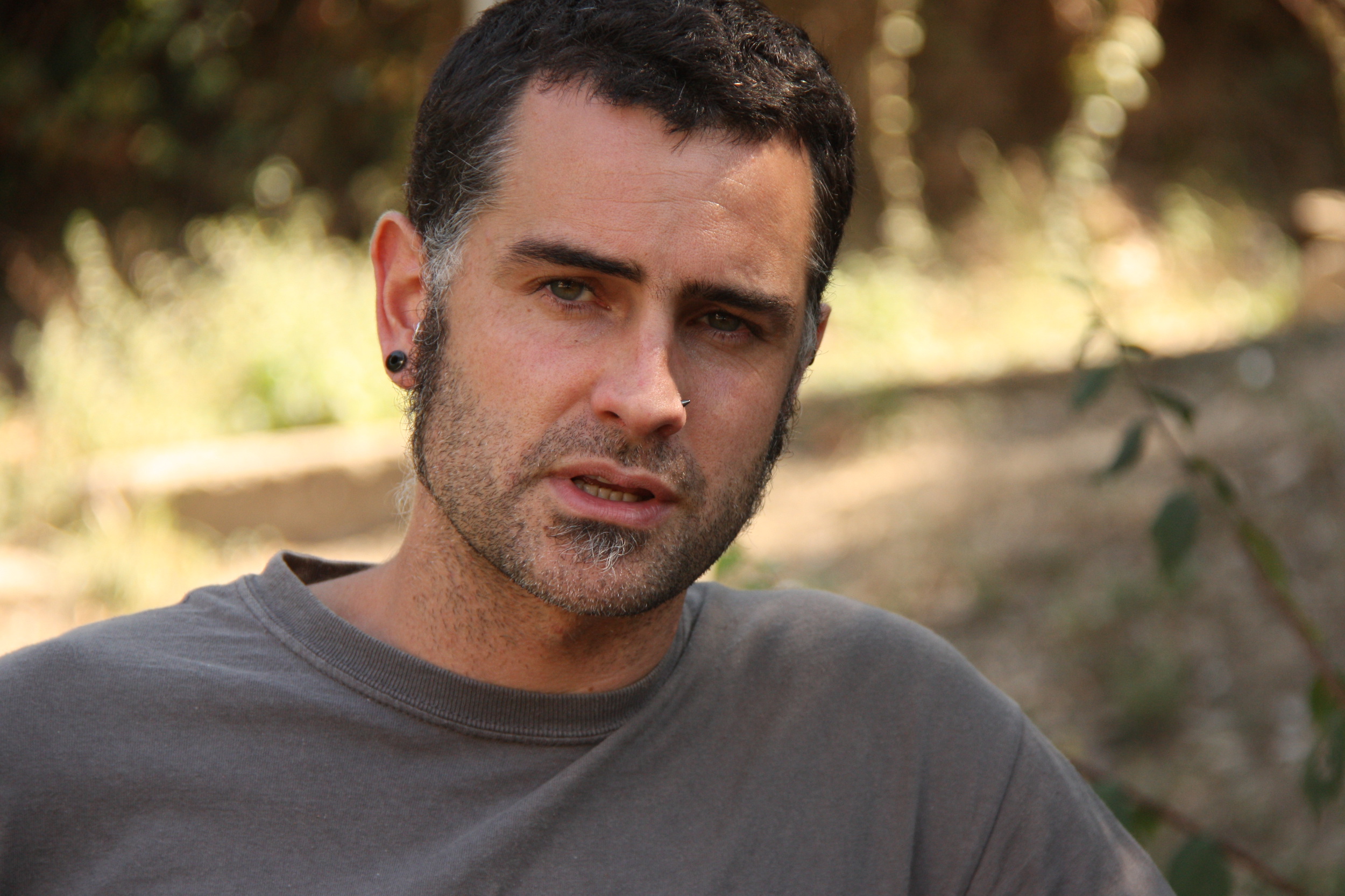Slave trade something to be ashamed of, says film director
In an interview with Catalan News, Xavier Artigas explains motives behind removal of slave trader Antonio López statue removal

Xavier Artigas is a film director and founder of the production company Metromuster, which defines itself as producing “emancipatory A/V cultures” and “deconstructing code in activism,” according to its homepage. Metromuster aims to “advocate for social change through empowerment of communities and collectives in struggle,” as well as placing importance on the “recovery of historical memory.”
Artigas himself is known for his work as director for the documentary ‘Ciutat Morta’ (translating into ‘Dead City’ in English), which tells the tale of a Patricia Heras, her death, and through it, incarceration, bigotry, corruption and violence.
Catalan News interviewed Artigas to learn more about Metromuster’s role in the removal of the statue of slave-trader Antonio López from the center of Barcelona and its objectives for the future.
Why did you launch campaign to remove the statue of Antonio López?
Antonio López was a member of the Catalan bourgeoisie from the late 19th century, who made many things for Barcelona and Catalonia: He made banks, he sponsored a lot of the Catalan culture that we know, such as modernist architecture. He made a lot of good things, but the little problem is that he made his money out of slave trade, which is something we should be ashamed of, and that doesn’t get explained when we talk about this period of time. I don’t think this kind of business should be without criticism shown in the public space with a square which is dedicated to this person. We thought it would be a good time, 130 years after Antonio Lopez died, to remove his statue him from public space in Barcelona to show we are ashamed.
Idrissa Diallo is a possible replacement. Who was he?
We don’t really know who Idrissa Diallo was because He was a very young man who died in the detention centre of Barcelona when he was 21 years old. He was expecting deportation to his country which was Guinea. His case was never investigated by the Spanish police. He was in custody, but they didn’t want to investigate the causes of his death so we wanted to make a symbol out of Idrissa because we know so little about him. We thought he would be a good symbol for all these anonymous victims of the migration control system that die every year trying to reach our country, and also as a homage to himself and his family, but also to all these people.
How do you react to criticism of removing statue?
There has been a lot of criticism around the case of Antonio López because a lot of people say that he did a lot of good things beside trading with human beings. We don’t think being a slave trader is a minor thing, and most of the wealth that he had came from this business. We don’t see any good part in that. There has also been criticism from Comillas, the hometown of Antonio López, where he was born in Cantabria. We received a letter from the mayor of this little town asking the mayor of Barcelona not to remove the [statue] because she said slave trade was legal at that time so Antonio López didn’t do anything illegal by trading with slaves. First of all, that’s not true. Slave trade was already illegal since 1820 in Spain, so none of his activities were legal. Secondly, even if it was legal, it’s something that we cannot accept nowadays. We cannot have a statue of someone who did that and got famous because of that as if it was something normal. There’s a lot of people that would like to keep his memory and his statue but I think we should be ashamed of that, and I think it’s a good idea to remove his statue.